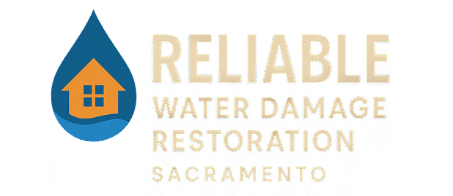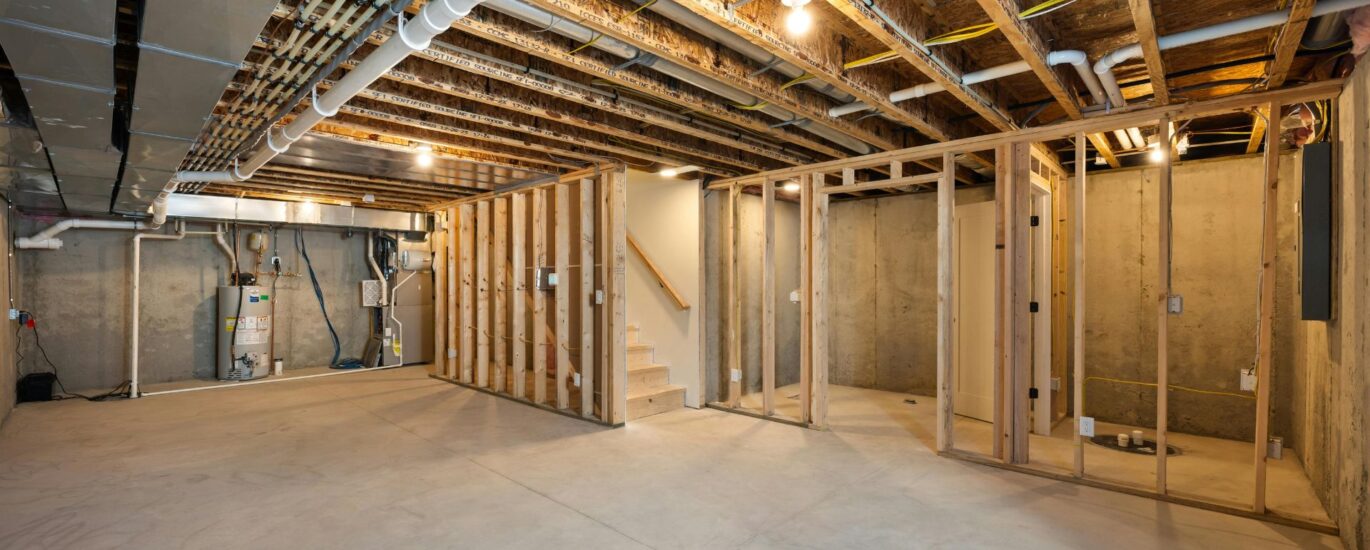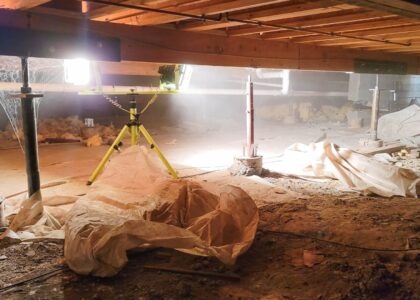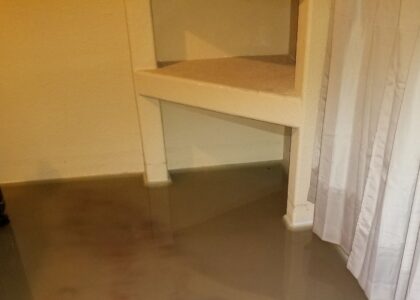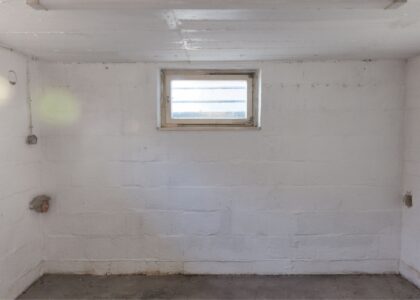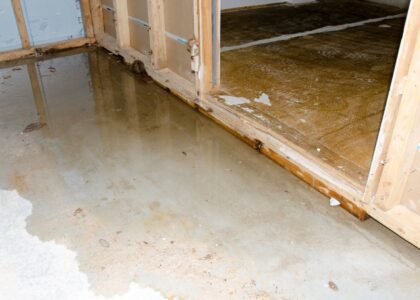A damp or flooded basement isn’t just inconvenient—it can cause serious structural damage, encourage mold growth, and affect the overall health of your home. Whether the water comes from heavy rain, plumbing leaks, or poor drainage, a clear and effective drying strategy is essential.
This guide breaks down step-by-step methods for drying a basement and keeping it protected from future moisture problems.
Step 1: Remove Standing Water Quickly
The first step is to get rid of any water sitting in your basement. The faster you remove it, the less chance there is for mold and structural damage.
- Use a sump pump if there’s significant flooding.
- For smaller amounts of water, a wet/dry vacuum is effective.
- If water levels are too high or widespread, call in professionals for water extraction.
Step 2: Improve Air Circulation
Airflow helps speed up the drying process and prevents musty odors.
- Open windows and doors when outdoor conditions allow.
- Place fans strategically to push air across damp areas.
- Ensure there’s steady airflow throughout the basement, rather than sealing it off.
Step 3: Use a Dehumidifier
A dehumidifier is useful for lowering indoor moisture levels, though it won’t fix the root of the problem by itself.
- Position it in the dampest part of the basement.
- Make sure to empty the water tank often or connect it to a drain.
- For best results, use dehumidifiers along with fans and open windows.
Step 4: Seal Cracks and Openings
Moisture often finds its way in through cracks or gaps.
- Inspect the foundation, walls, and around windows or pipes.
- Seal small cracks with masonry sealant.
- Larger gaps may need professional injection sealing for lasting results.
Step 5: Improve Outdoor Drainage
Much of the basement moisture problem comes from water pooling outside your home. Proper drainage can prevent water from entering.
- Grading: Make sure soil slopes away from your foundation (6 inches over 10 feet is ideal).
- Downspouts: Extend them 4–6 feet away from the house.
- Gutters: Keep them clear of debris so water flows freely.
Step 6: Call Professionals for Severe Water Damage
If your basement has been heavily flooded, professional structural drying may be necessary.
- Specialists use high-powered air movers and industrial dehumidifiers.
- They can detect hidden damp areas with moisture meters.
- Professional services ensure that all moisture is removed, reducing the risk of mold and long-term damage.
Prevent Future Basement Moisture
Drying the basement once isn’t enough—you’ll want to stop the problem from coming back. Here are some preventive measures:
- Install a sump pump with a backup battery for emergencies.
- Inspect and seal your foundation regularly.
- Insulate pipes to prevent condensation.
- Keep basement humidity between 30%–50% with a dehumidifier.
- Clean gutters and check downspouts often.
Why Drying Your Basement Matters
If left untreated, a damp basement can lead to:
- Mold growth and poor indoor air quality.
- Structural damage to the foundation.
- Strong odors that spread throughout your home.
- Damage to personal belongings stored in the basement.
Acting quickly not only saves money but also protects your home and health.
Take Action to Protect Your Basement
Drying your basement requires a combination of quick cleanup and long-term prevention. By removing standing water, increasing airflow, sealing entry points, and fixing drainage issues, you can protect your home from recurring water problems.
For expert help with basement drying, explore our basement drying services. If you have questions or need professional assistance, contact us today.
Final Thoughts
A smart basement drying plan goes beyond temporary fixes. It combines water removal, ventilation, and preventive maintenance to ensure your basement stays dry and safe. Whether you handle it yourself or hire professionals, taking steps now will protect your home for years to come.
